Our parents remember the view of many dolphins in the Black Sea, chased by fishing vessels. Our childhood memories from the end of the 20th century lacked this picture. The beautiful and smart big mammals were already gone. Today dolphins can be seen again along the coastline, but now the situation is a bit different – fishermen blame the dolphins for eating the fish that they live on…
Does it mean that there are too many dolphins in Bulgaria’s aquatory?
The situation is just the opposite, experts say. Yes, dolphins have appeared again in the Black Sea, but their population is critically small. The fact that the fishermen register smaller catch is due to the sad true that the fishing resources of the Black Sea are chronically reducing.
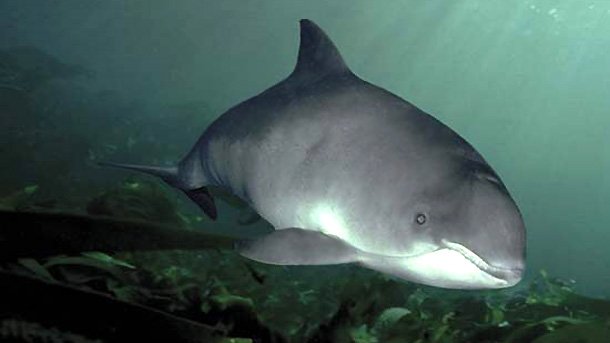
© Photo: wikipedia.org
Three dolphin species live in our sea – the common one, the common bottlenose dolphin and the smallest one – harbour porpoise. The last two species can be seen mainly near the seashore, while the common one lives in open sea. The dolphin tops the food chain in the Black Sea and practically has no natural enemies, besides people, ecologist Dimitar Popov from the Green Balkans NGO says and adds:
“Bulgaria and other Black Sea countries used to have fishing fleets up to 1966 that killed many dolphins,” Mr. Popov reminds. “These mammals’ products were used predominantly for industrial purposes – mainly for fat output and also in stock breeding as a source of bone meal. Scientific data says that in the 1960s the population of cetaceans in the entire Black Sea amounted to 1-2 mln. animals. Later on it dropped drastically and thus a ban was imposed on dolphin hunting. Turkey was the last state to join this ban in 1983. Unfortunately the trend for reducing of cetaceans’ population in the Black Sea has kept even after the implementation of the ban.”
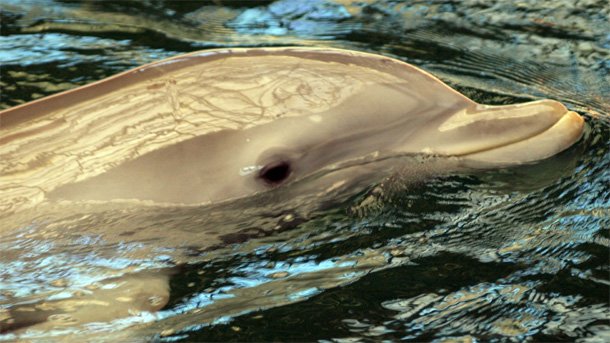
© Photo: BGNES
The ceasing of the hunting came too late. It was considered that the absolute minimum of their populations was reached at the end of the 80s and the beginning of the 90s. The main reason pointed: pollution. Four of Europe’s biggest rivers flow in the Black Sea: Danube, Dnieper, Dniester and Don.
“The pollution of the Black Sea is the main reason for the reduction of the fishing sources, which concerns fishermen,” the expert states. “We all know that the area of the Black Sea that has life in it is a relatively thin layer that constantly narrows. This is due to the fact that the issue with Black Sea countries’ waste waters hasn’t been solved yet, along with the one for waters from the big rivers’ basins.”
Doubtlessly Bulgaria has constructed the greatest number of water treatment plants along the coastline, followed by Romania. Being EU member-states these two countries must implement the strict ecological legislation of the Union. However, things are a bit different, regarding the other Black Sea countries – Turkey, Georgia, Ukraine and Russia.
There are no full surveys on the dolphin population in the Black Sea, but it is supposed to consist of 100,000 - 250,000 animals. The biggest concentrations can be observed near the shores of Turkey and Georgia, where the dolphins spend the winter.
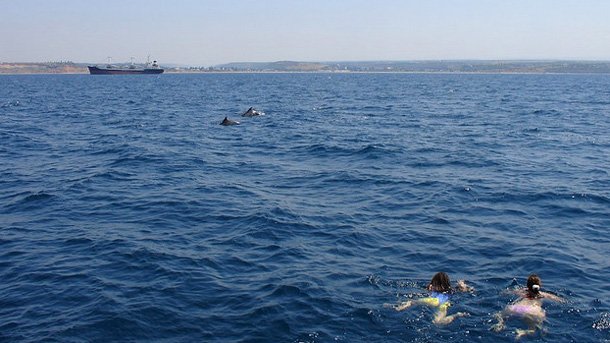
© Photo: archive
What is the number of dolphins in the Bulgaria aquatory?
It is really difficult to say that due to the huge migration of these mammals. However, no more than 1/3 of their overall number crosses our aquatory, since Bulgaria’s coastline is not that long – only 4-500 km. Green Balkans starts a pilot project for gathering of more information on the subject that will last 8 months.
“The idea is expeditions along the southern coastline to be organized for a first time and photographic material to be gathered from the fins of the cetaceans. Thus the first catalogue of the animals, photographed in this part of the sea will be compiled. This identification will be used also for the tracing of their future migration processes. The dorsal fins of the dolphins are photographed and those are something like human fingerprints due to the specific marks of each fin – pigmentation, traces from different bits and injuries etc. However, the quality of the pictures should be really high. The common bottlenose dolphin is the most suitable for this purpose from the three species in the Black Sea, since its dorsal fin is the biggest.”
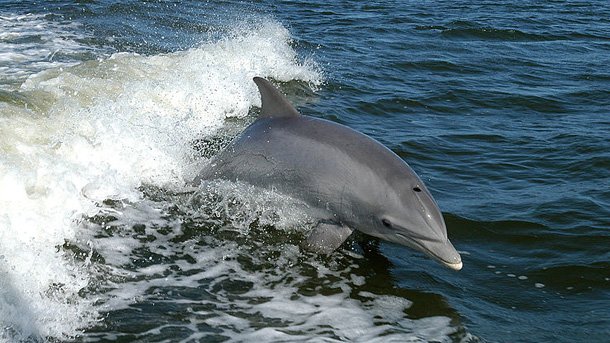
© Photo: wikipedia.org
At first the animals, captured on photo will have IDs, but later on those might be named too, the expert explains. The expeditions will be located mainly at the Cape Emine and Maslen Nos headlands since dolphins can be ambushed most easily there. Romanian researchers will do the same in their part of the sea. Practically the only Black Sea country that is ready with its catalogue with photos of dolphins is Ukraine. The idea is the method experimented to be proposed for implementation into the National System for Biological Monitoring, Dimitar Popov from Green Balkans says in conclusion.
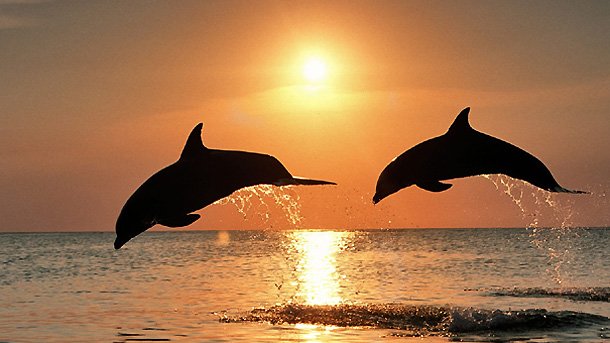
English version: Zhivko Stanchev
Bulgaria has joined a multinational nomination for accession to the element "Pasture traditions", inscribed on the UNESCO List of Intangible Cultural Heritage. The event was marked on March 28 with the official signing of the nomination by the..
The international business exhibition Architectural Building Week 2025 starts today at the Inter Expo Centre in Sofia and runs until 29 March. It is being held alongside the Green Energy and Building Information Modelling (BIM) forums. This year's..
The Bulgarian Sunday School "Asen and Ilia Peykovi" in Rome is inviting participants to an online seminar themed "Biserche Valshebno". The event, taking place on March 22 and 23, is a continuation of the discussions that emerged during the Second..
Shortly after the opening of the motorcycle season in Sofia at the end of March, Bulgaria's capital city will host the country's largest motorcycle..
Since its establishment on April 11, 2022, the Institute for Computer Science, Artificial Intelligence and Technology – INSAIT has..
Romanian police and military personnel worked as mercenaries in Congo According to a report by the Romanian Ministry of the Interior, 11..

+359 2 9336 661
